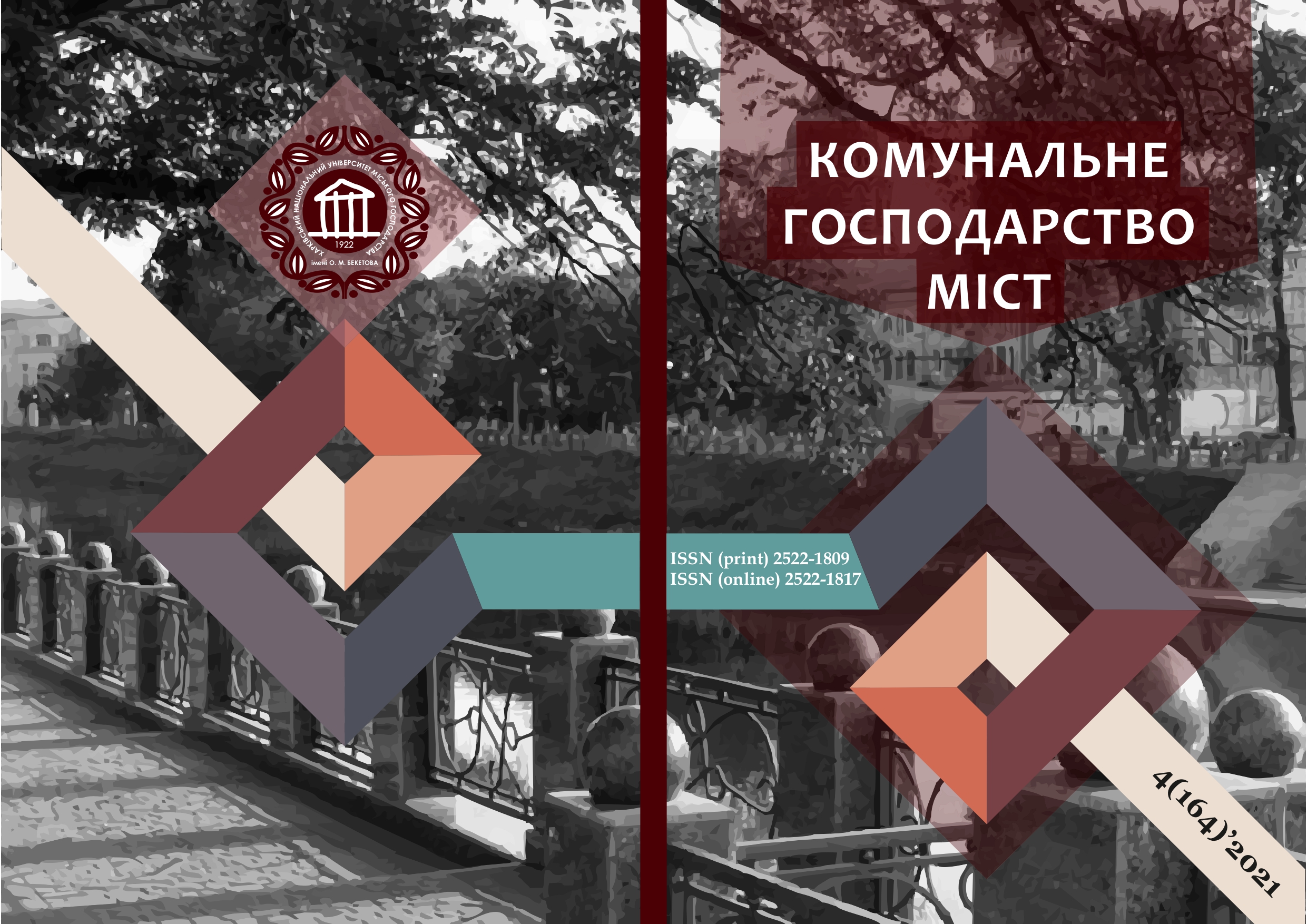MODELLING OF THE ROUTE NETWORK FOR PERISHABLE CARGO DELIVERY IN THE REGIONAL TRAFFIC ON THE BASIS OF PETRI NETS
Array
Keywords:
rational route network, Petri net, perishable cargo, delivery time, regional traffic.Abstract
The article is devoted to the features of the organization and technology of delivery of perishable goods in small batches by road in regional traffic. It has been established that when planning this type of cargo delivery, it becomes necessary to determine such routes bypassing specified points, at which the time of delivery of perishable goods to points of sale will be minimal. Thus, as a criterion that determines the rationality of building a route network for the delivery of perishable goods in regional traffic, has been defined the time of cargo’s delivery in small batches in regional traffic. The route network for the delivery of perishable goods with a minimum delivery time is considered rational.
To analyze the execution time of each delivery phase and take into account the time and quantitative parameters that affect the delivery process, the study built a model which is based on the theory of Petri nets. The parameters of the model were established on the basis of the reporting data of the private enterprise "Samoilenko A.I.". The model took into account time parameters and quantitative factors affecting the process of delivery of perishable goods in regional traffic. An experiment was carried out using the developed model. The obtained value of the integral error of the data discrepancy throughout the system allows us to assume that the constructed model adequately reproduces the process of delivery of perishable goods in small batches by road in regional traffic.
Taking into account the results of delivery process’ modeling, using the method of a short connecting network, a rational route network was built in the study, which consists of six routes.
The effect was determined as a time difference for the delivery system along the network of rational route network and along the existing network, which amounted to 131 minutes.
References
2. Shulika, О.О., Severyn, О.О., Potaman, N.V. (2020) Improving the efficiency of regional delivery of temperature controlled products. Proceedings of the Sixteenth scientific-practical international conference "International transport infrastructure, industrial centers and corporate logistics". UkrDUZT, Kharkiv. [in Ukrainian]
3. Vasilenko, I.V. (2015). Management of economic efficiency of delivery of special cargoes. PhD Thesis, 08.00.04 – Economics and management of enterprises (by type of economic activity). NAU, Kyiv. [in Ukrainian]
4. Karimi, H.R., Duffie, N., Freitag, M., Lütjen, M., & Chadli, M. (2015). Modeling, Planning, and Control of Complex Logistic Processes. Mathematical Problems in Engineering, 501, 184267. DOI: https://doi.org/10.1155/2015/184267
5. National Transport Strategy of Ukraine for the period up to 2030. (2018). URL: https://zakon.rada.gov.ua/laws/show/430-2018%D1%80#n13 [in Ukrainian]
6. Yakovltva, Ya.S., Dudnikov, O.M., Sokirko, V.M. (2009). Improving the methodology of organization of transportation of artificial small consignments by road. News of the Automobile and Road Institute: research and production collection, 2(9), 81–87. [in Ukrainian]
7. Bowersox, D.J., Closs, D.J., Bixby Cooper, M. (2010). Supply Chain Logistics Management. Mcgraw-Hill, Boston.
8. Blaik, P. (2010). Logistyka. Koncepcja zintegrowanogo zarządzania. PWE, Warszawa. [in Polish]
9. Lalinská, J., Martin, K., Juraj, Č. (2015). Simulation of Logistic Operations. In Industrial Engineering, Management Science and Applications. Springer Berlin Heidelberg.
10. Naumov, V., Shulika, O., Velikodnyi, D. (2015) Results of experimental studies on choice of automobile intercity transport delivery schemes for packaged cargo. MOTROL. Commission of Motorization and Energetics in Agriculture, 17 (7), 87–91.
11. Bozarth, C., Handfield, R.B. (2007). Wprowadzenie do zarządzania operacjami i łańcuchem dostaw. Gliwice, Helion. [in Polish]
12. Nagornyi, Ye., Shulika, O., Severyn, O., Orda, O. (2019). Improving the efficiency of road transport companies by optimizing the costs of information and advertising activities. SHS Web of Conferences- EDP Sciences, 67, 03009. DOI: https://doi.org/10.1051/shsconf/20196703009
13. Holovnia, S., Naumov, V., Shulika, O. (2021). Method of ensuring the technical readiness of companies’ technics due to the region’s capabilities. Research Methods in Modern Urban Transportation Systems and Networks. Lecture Notes in Networks and Systems, 207, 1–11. DOI: https://doi.org/10.1007/978-3-030-71708-7_1
14. Aleshinskiy, E.S., Naumov, V.S., Prymаchenko, G.O. (2016). Using the Petri nets for forming the technological lines of the passenger trains processing in Ukraine. Archives of Transport, 38 (2), 7–15.
Downloads
Published
How to Cite
Issue
Section
License
The authors who publish in this collection agree with the following terms:
• The authors reserve the right to authorship of their work and give the magazine the right to first publish this work under the terms of license CC BY-NC-ND 4.0 (with the Designation of Authorship - Non-Commercial - Without Derivatives 4.0 International), which allows others to freely distribute the published work with a mandatory reference to the authors of the original work and the first publication of the work in this magazine.
• Authors have the right to make independent extra-exclusive work agreements in the form in which they were published by this magazine (for example, posting work in an electronic repository of an institution or publishing as part of a monograph), provided that the link to the first publication of the work in this journal is maintained. .
• Journal policy allows and encourages the publication of manuscripts on the Internet (for example, in institutions' repositories or on personal websites), both before the publication of this manuscript and during its editorial work, as it contributes to the emergence of productive scientific discussion and positively affects the efficiency and dynamics of the citation of the published work (see The Effect of Open Access).

